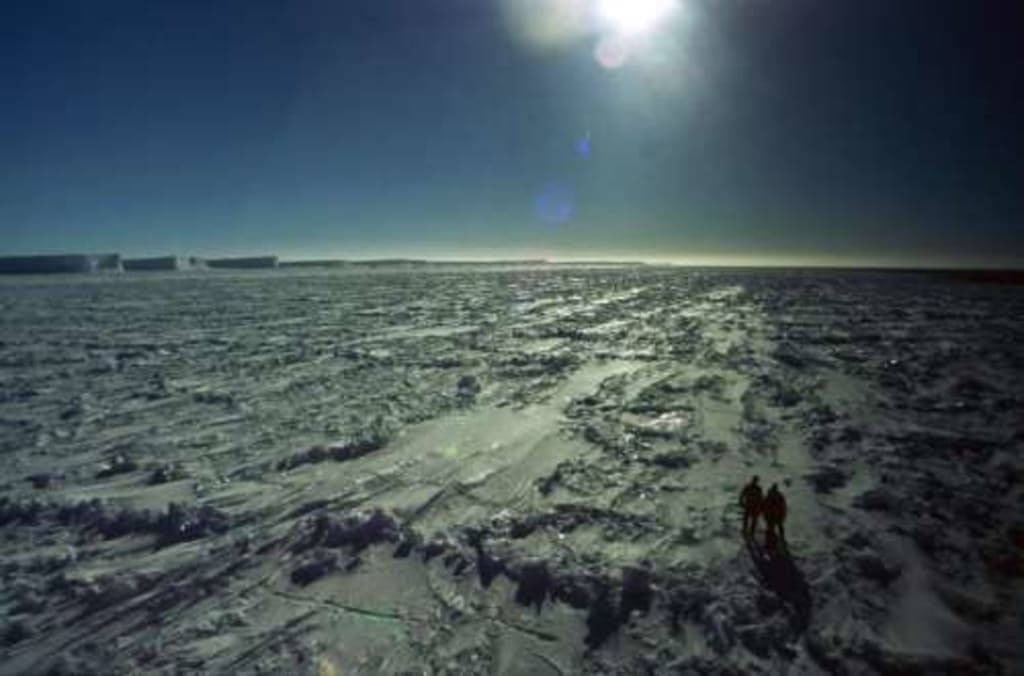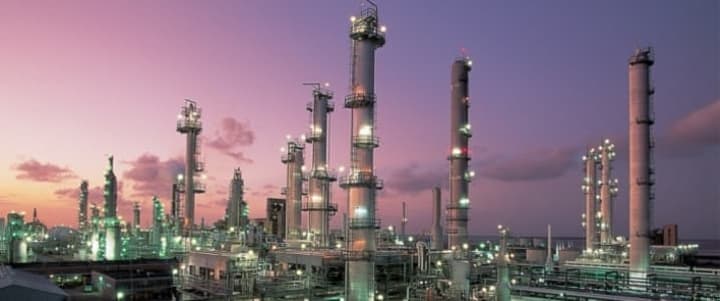What Happens If Every Human Suddenly Disappeared?
The Impact, Transformation, and Legacy of a Human-Free Earth

Human beings have established a global presence, with settlements spanning every continent and reaching the farthest reaches of Earth's jungles, oceans, and tundras. Our impact on the planet is so profound that most scientists argue that humanity has etched an indelible mark on Earth's geological record. But what if, in a sudden twist, every human on Earth were to disappear without a trace?

Without human intervention, some of our creations would immediately falter. Mere hours after our disappearance, oil refineries would malfunction, igniting month-long infernos at facilities in places like western India, the southern United States, and South Korea. In the underground rail systems of metropolises like London, Moscow, and New York City, hundreds of drainage pumps would be abandoned, resulting in tunnel floods within a mere three days. As the first week concludes, most emergency generators would cease to function, plunging the Earth into darkness for the first time in centuries.
Following this initial catastrophic month, changes would unfold more gradually. Over the course of 20 years, sidewalks would crack and rupture under the relentless assault of weeds and tree roots. In tandem, the flooded tunnels would erode the streets above, transforming them into urban rivers. In temperate regions, the natural cycle of seasons would subject these waterways to freezing and thawing, causing pavement and concrete foundations to fracture. Leaking pipes would trigger a similar fate for concrete buildings, leading to the eventual collapse of most skyscrapers within 200 winters. In cities situated on river deltas, such as Houston, these buildings would ultimately vanish, filling nearby tributaries with heaps of crushed concrete.
Rural and suburban areas would experience a more gradual decay, characterized by leaks, mold, and infestations of bugs and rodents. The familiar challenges of homeownership, left unattended, would lead to the rotting and sagging of supporting beams within 75 years. The resulting heaps of debris would become new habitats for local rodents and lizards. Yet, in this post-human world, the concept of "local" takes on a fresh meaning.

Our cities abound with imported plant species, which would now thrive uncontrollably in their adopted environments. Shanghai's waterways would be blanketed in a dense carpet of water hyacinths, while poisonous giant hogweeds would overtake the banks of London's Thames River. Chinese Ailanthus trees would burst through the streets of New York City. As sunken skyscrapers contribute crumbled concrete to the emerging forest floor, soil acidity would plummet, potentially facilitating the growth of new plant species.
This post-human transformation extends to the animal kingdom as well. Animals would follow the unchecked expansion of both native and non-native plants, venturing into new territories with the aid of our deserted bridges. In general, our infrastructure would prove both a salvation and a doom for various animal species. While cockroaches would continue to flourish in their tropical homelands, their urban counterparts would likely freeze and vanish within two winters without our heating systems. Most domesticated animals, excluding a handful of resourceful pigs, dogs, and feral housecats, would struggle to survive in our absence.
On the flip side, the diminished light pollution would save over a billion birds annually, as their migrations would no longer be disrupted by blinking communication tower lights and high-tension wires. Mosquitoes, on the other hand, would multiply unchecked in one of their preferred human-made breeding grounds: rubber tires, which can endure for nearly a millennium.
As flora and fauna thrived in this new ecosystem, Earth's climate would gradually recuperate from the millennia of human influence. Within 35,000 years, the natural plant cycle would eliminate the last traces of lead residue left by the Industrial Revolution from Earth's soil, with CO2 levels potentially taking up to an additional 65,000 years to return to pre-human levels.

Nevertheless, even after several million years, humanity's legacy would persist. Carved into unyielding granite, iconic structures like America's Mt. Rushmore would endure for 7.2 million years, while the chemical composition of our bronze sculptures would preserve their recognizability for over 10 million years. Deep beneath the Earth's surface, remnants of cities constructed on floodplains would remain as technofossils, capturing a snapshot of our civilization for posterity.
Ultimately, these vestiges, too, would fade from the planet's surface. Human existence hasn't been eternal, nor will it be. Yet, through the exploration of a world without us, we may glean valuable insights about the world we presently inhabit.
Kindly leave your comments and contributions in the comment section below, and do not forget to subscribe so as to get a taste daily dose of knowledge. If there a topic you would want me to write on, let me know through the comment section.
About the Creator
Joshua Adebanjo
Hi there, I am Joshua, a writer who is hungry for Knowledge and also loves to share them and have other's insights. Subscribe and do not miss out on daily dose of Knowledge.






Comments
There are no comments for this story
Be the first to respond and start the conversation.